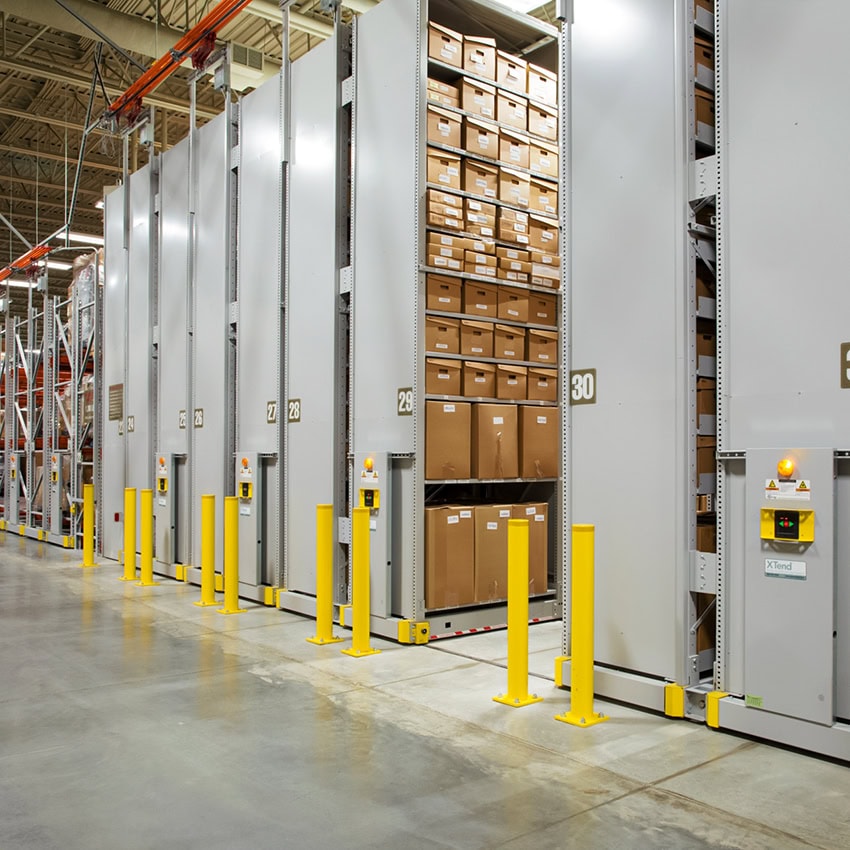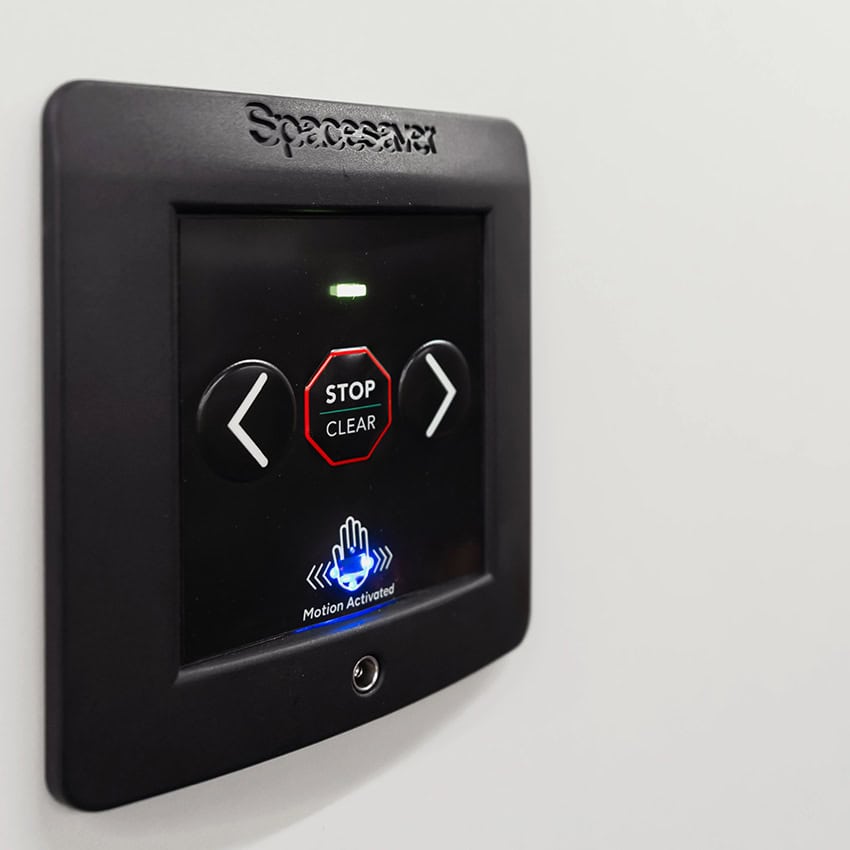Mobile High-Density Storage Systems

More Stuff – Less Space
If you’ve spent time in almost any type of work environment, you’ve probably seen a room filled with file cabinets, shelving, or storage cabinets. Not always a pretty site, is it? The problem with these stationary storage systems is that they require fixed aisles, and fixed aisles take up valuable space.
One way to combat that wasted space is with a high-density shelving storage system (also called “compact storage” or “movable storage”). This mobile storage rack eliminates unnecessary aisles and creates one or more movable aisles instead. Fewer fixed aisles mean more available space. In most instances, a mobile shelving unit will save up to 50% of your floor space – floor space that you can use for more productive purposes or additional storage space.
Adding a high-density mobile storage system would mean you’d be able to store twice as much in the same space without the need for renovation or expansion. Another plus — the shelving on a mobile storage system is designed to utilize the vertical space that ends up wasted by conventional filing and storage units. So, with a high-density mobile storage system, you’d maximize your storage capacity per square foot, increase efficiency, improve your employees’ morale, and add to your bottom line. We call that a win.
Now that you have an idea of what high-density mobile storage is, let’s talk about how it works. The idea is pretty simple. The use of a movable shelving system makes it possible to mount virtually any type of shelving or storage cabinet (including existing shelving and cabinets) on a track-guided, wheeled mobile carriage.
These mobile shelving units travel side to side on rails that are placed on top of the floor (surface mounted), or in the floor (recessed). Fixed aisles are then eliminated, freeing up floor space for other, more productive uses. So regardless of the size, shape or weight of your stuff, a mobile storage system can store it in less floor space.
A picture is worth a thousand storage ideas.
Where (And For What) Is High-density Shelving Used? When we talk about STUFF, we mean whatever items, materials, or information you need to keep, keep safe, and keep track of. The type of STUFF you have often varies depending on the type of work you do. The good news is that compact storage systems have been installed in offices, hospitals, banks, libraries, schools, museums, public safety departments, archives, warehouses, laboratories, government agencies, and military bases, as well as many other uniquely demanding storage environments.
High-density storage is a great fit for storing all kinds of STUFF — from the usual (files, books, binders, tools, uniforms, and supplies) to the unusual (sterile supplies, dinosaur bones, evidence, weapons, and ammunition, frozen earth samples, and motorcycles). You get the idea. Compact shelving can store just about anything.
As you’ll notice, there are several types of movable shelving systems, so it is difficult to share all of the specification information here. But there are some things we thought you should know.
We represent Spacesaver, the recognized industry leader in high-density storage (with more mobile storage rack installations than all other manufacturers combined). Spacesaver is ISO-9001 Certified. They manufacture a carriage system that is the strongest in the industry, and the alignment of their compact storage systems stays true over years of use. Spacesaver uses welded steel construction that has no fasteners to loosen or break.
By using an oven-cured, powder-coated paint finish, these high-density shelving systems will look new for years to come. Not only is it the most durable finish in the industry, but it also exceeds the most stringent scuff, scratch and chip requirements of the American Library Association. In addition to the fact that saving floor space is a “green” idea, many of Spacesaver’s products are Greenguard Certified as well.
What Are The Types Of High-Density Systems?


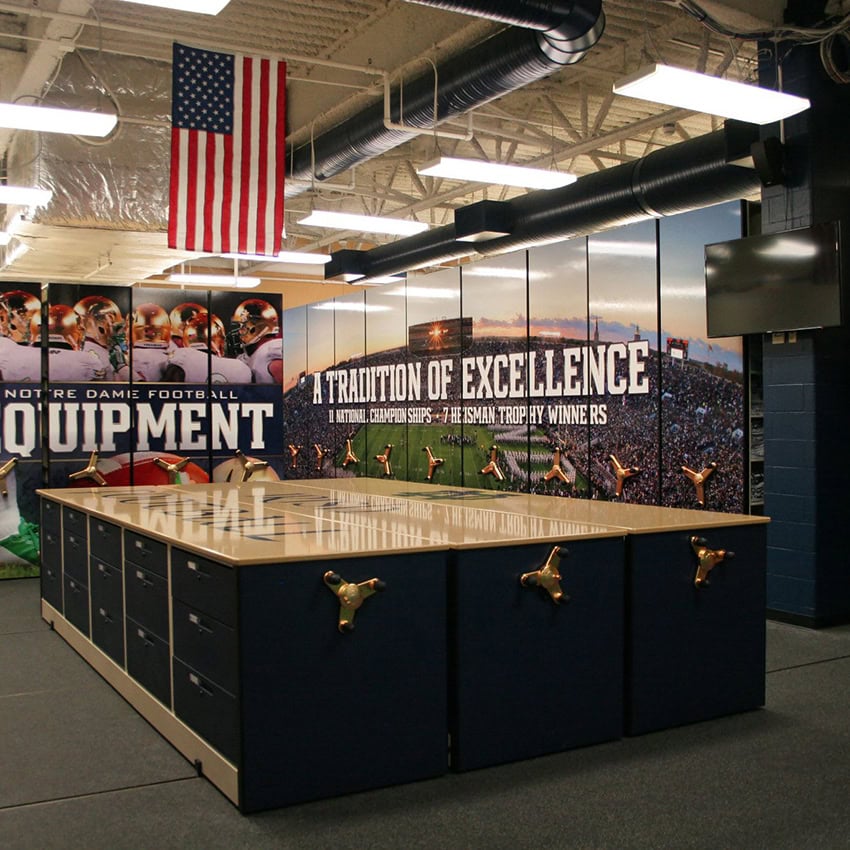

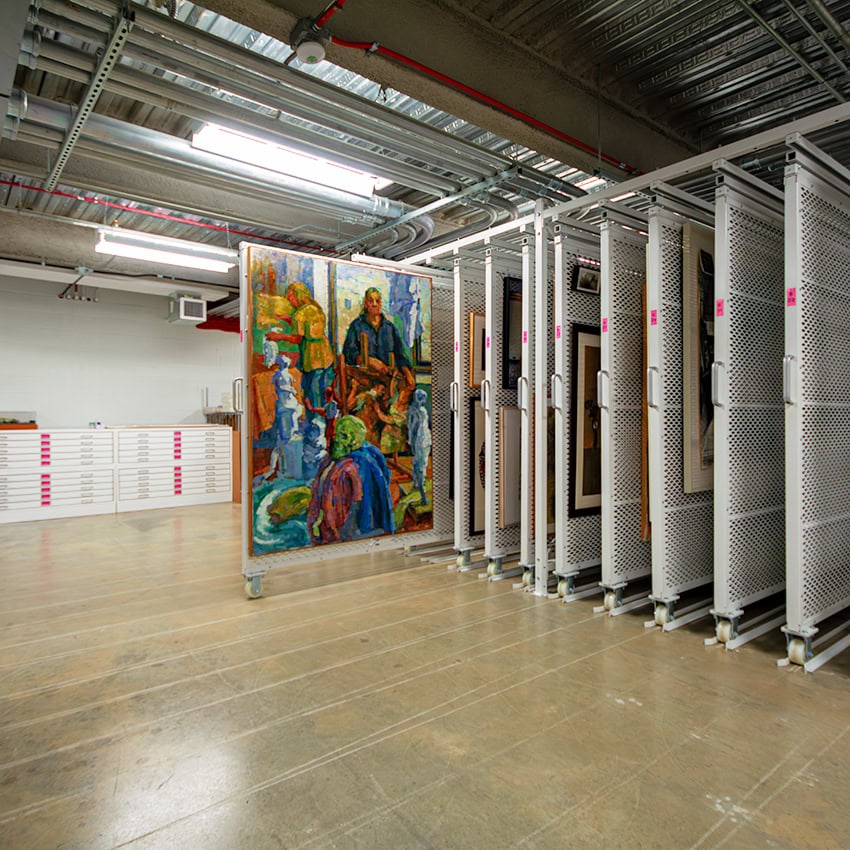
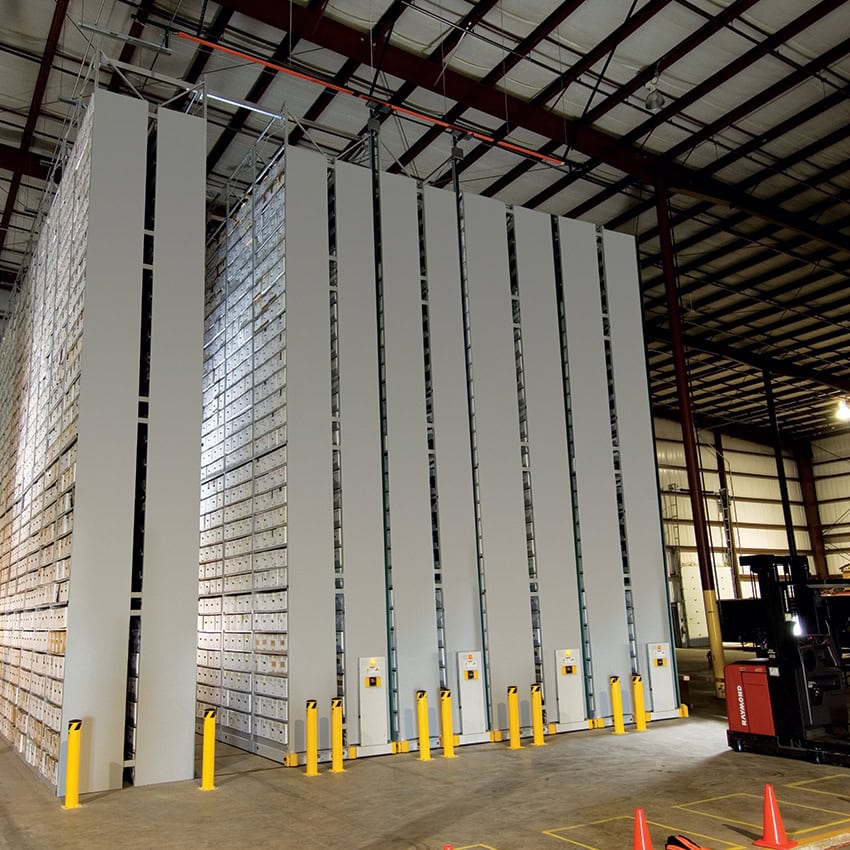
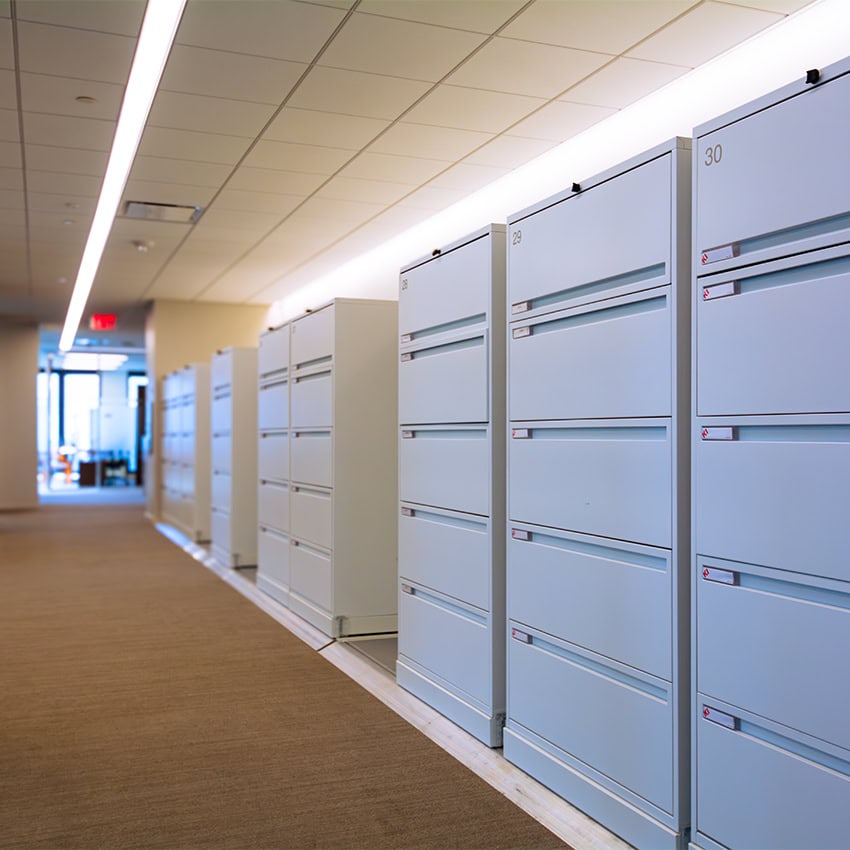
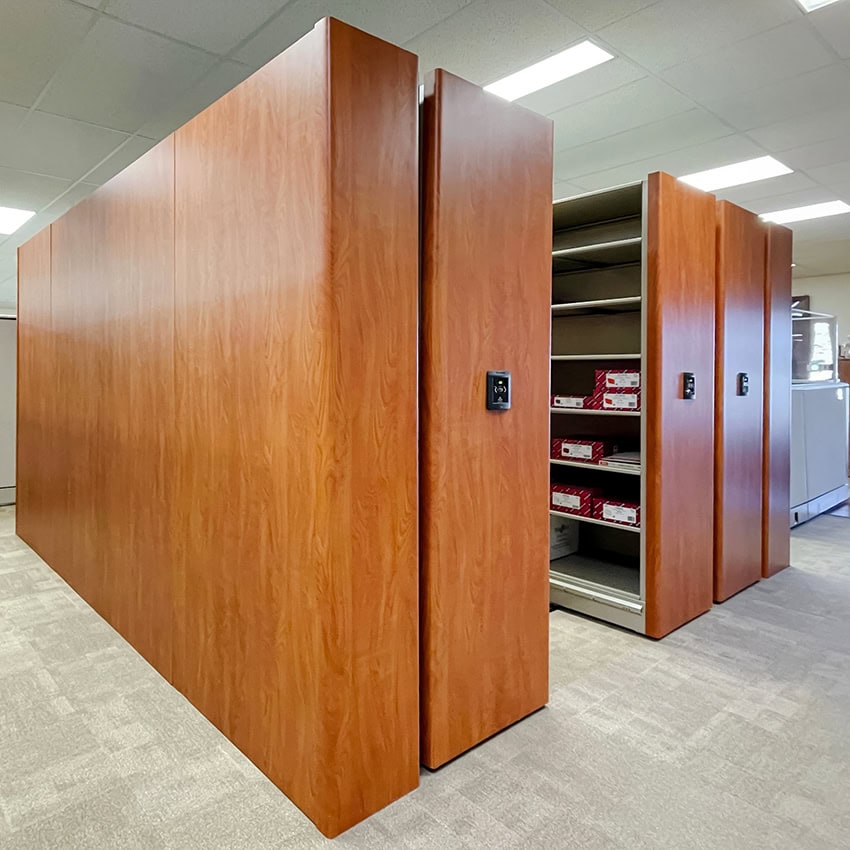
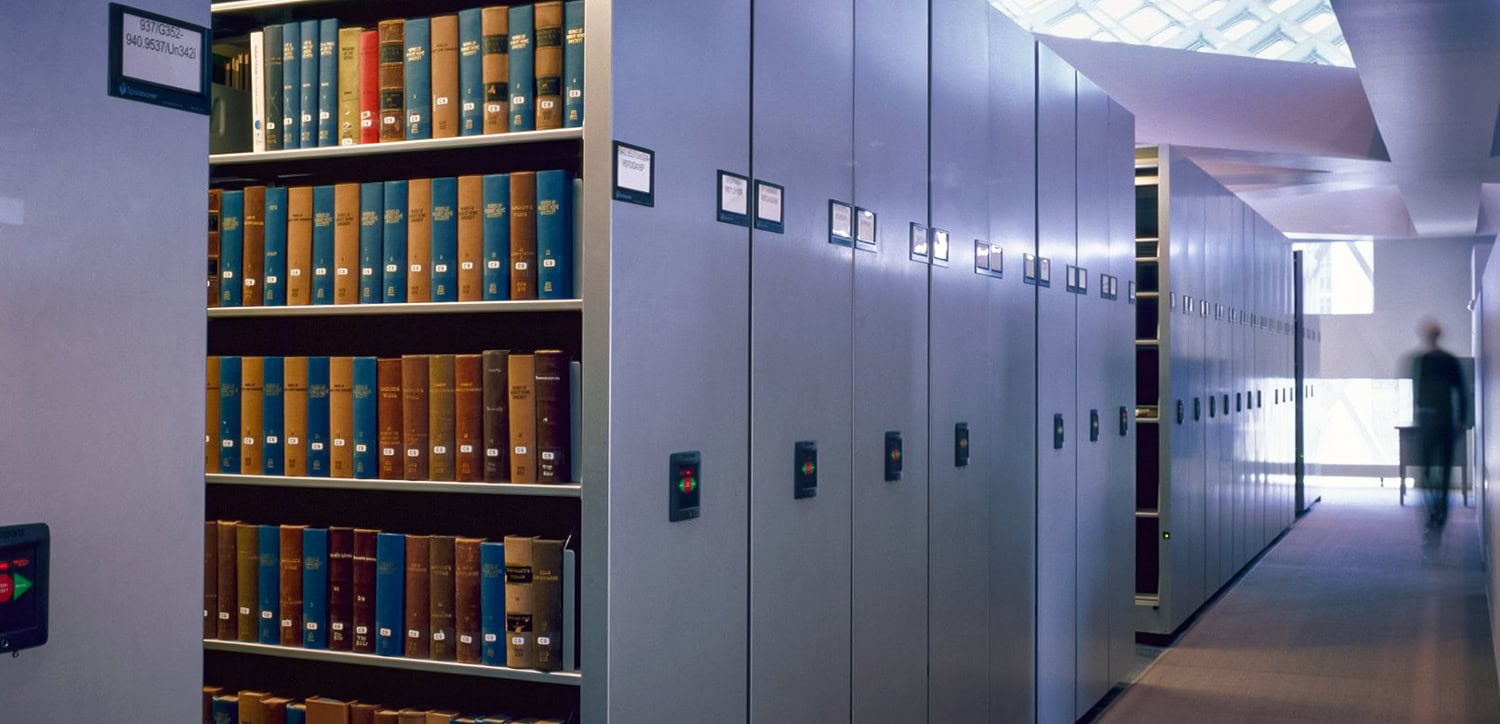
What High-Density Storage Systems do?
- Store more stuff in less floor space
- Help reduce your building lease or construction costs
- Make room for more people/equipment
- Delay your need for facilities expansion
- Improve access by storing more stuff where it’s needed
- Improve workflow
- Protect stored material
- Adapt as your storage needs change



